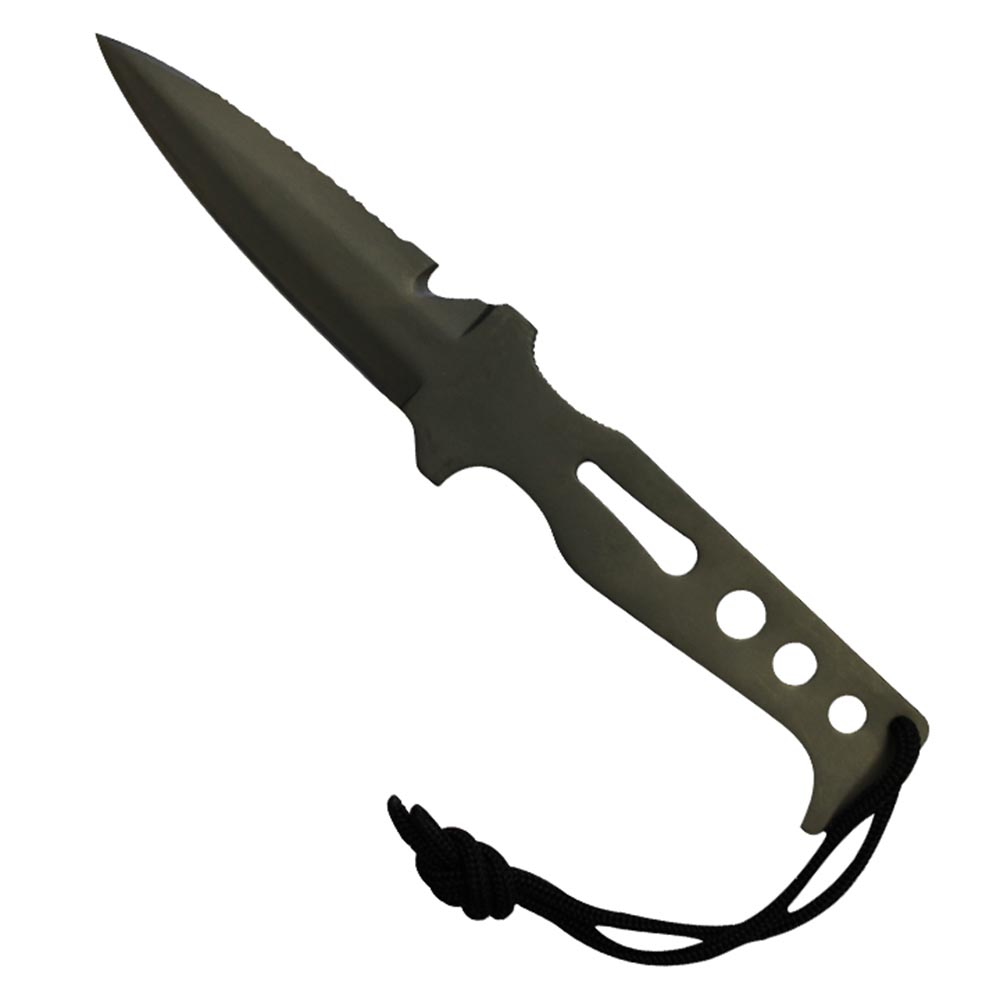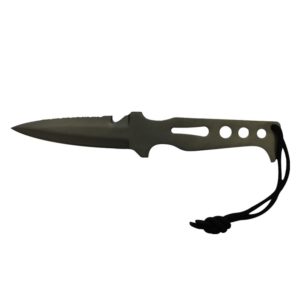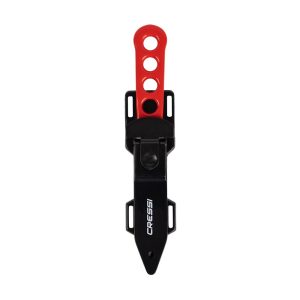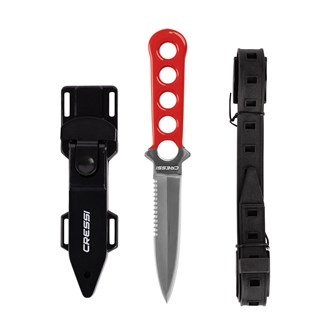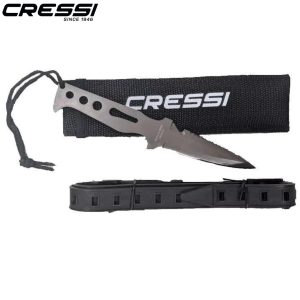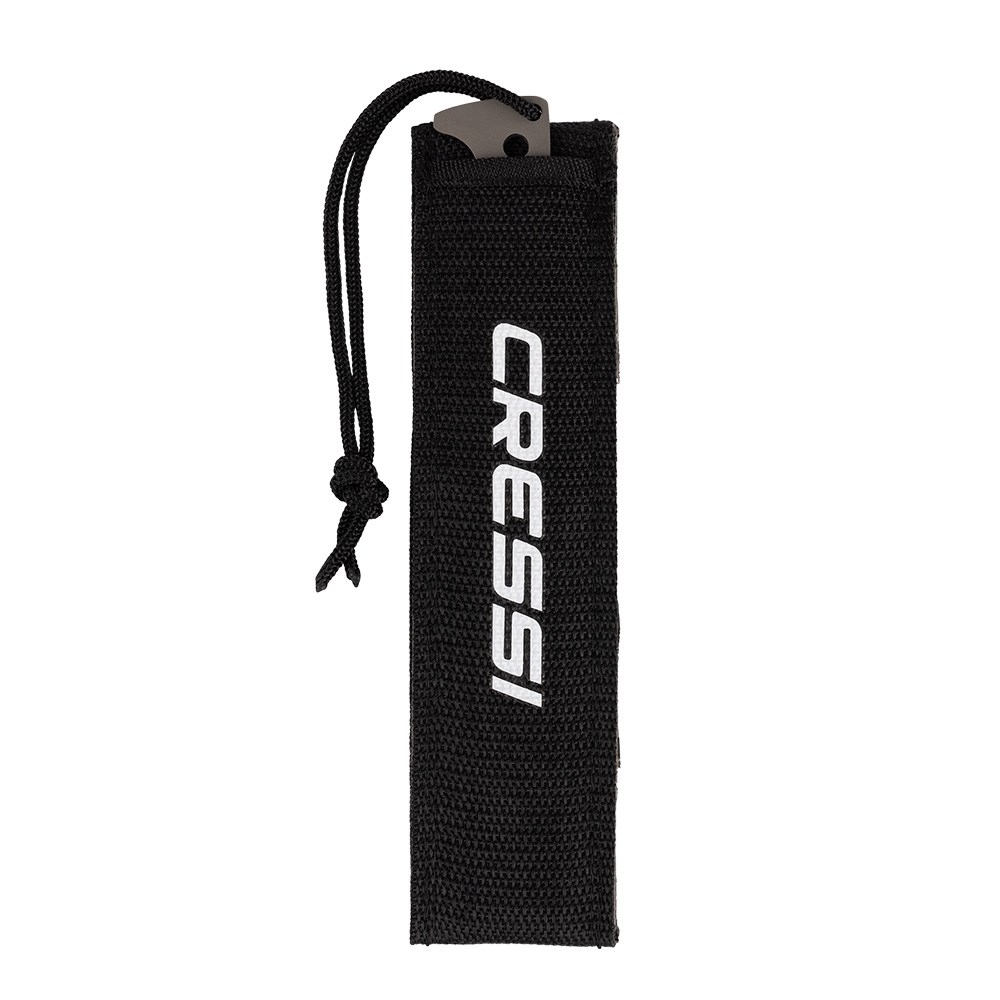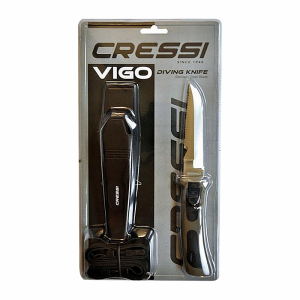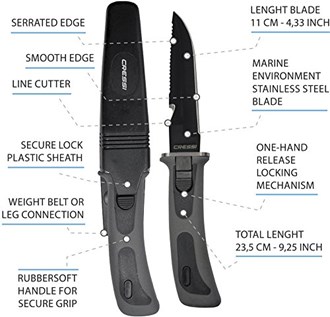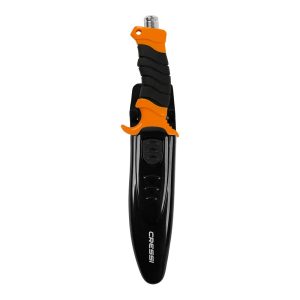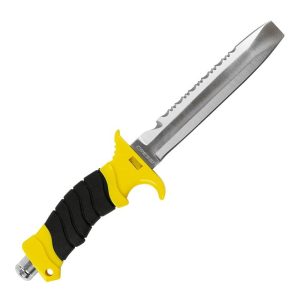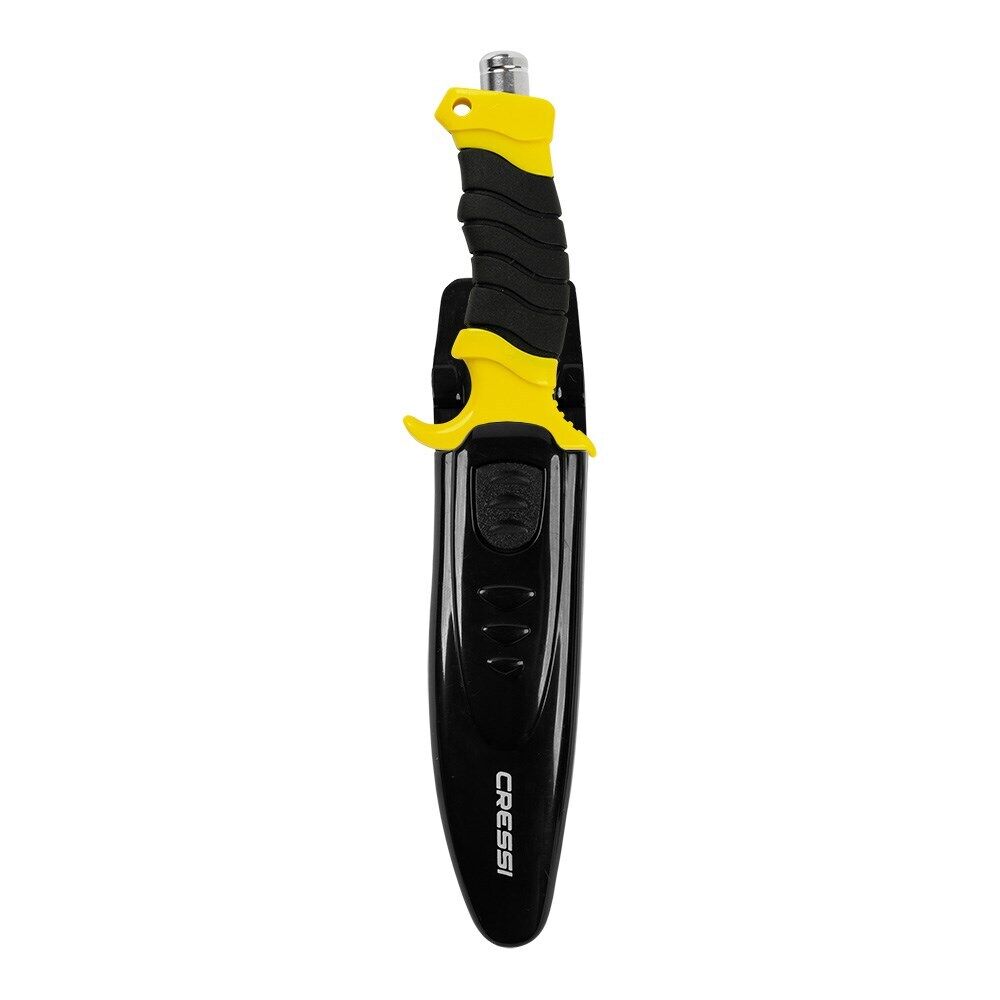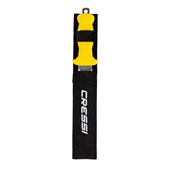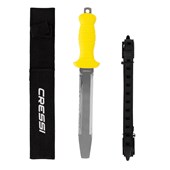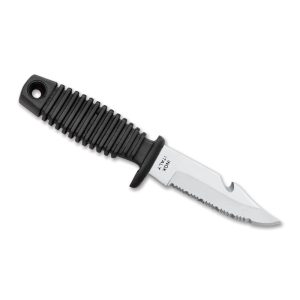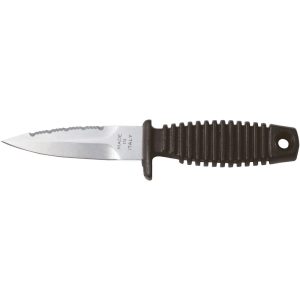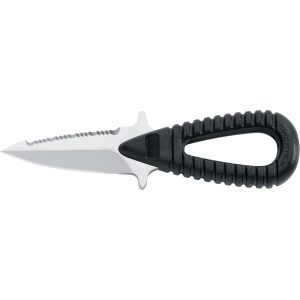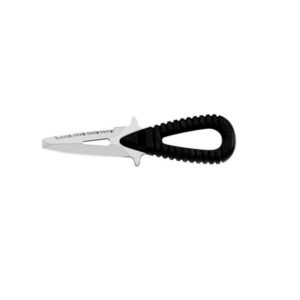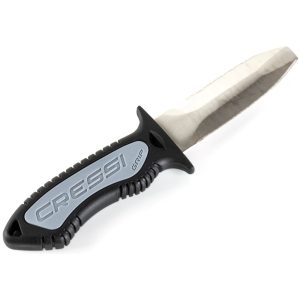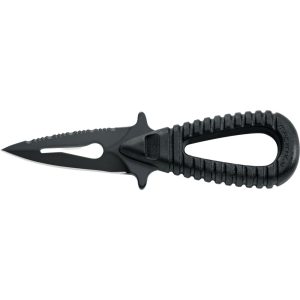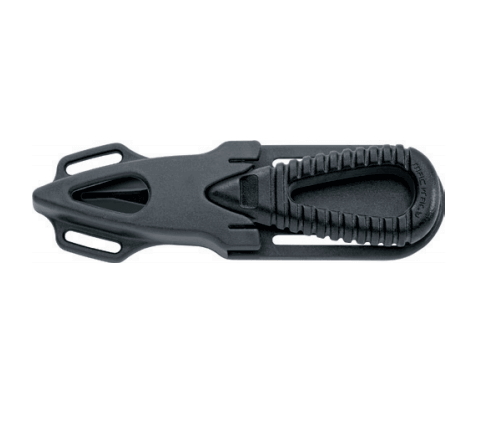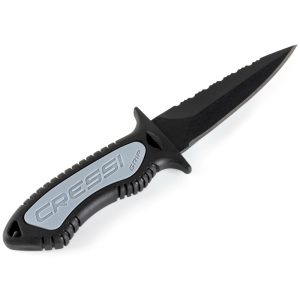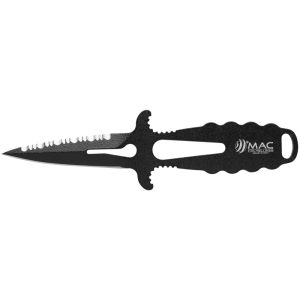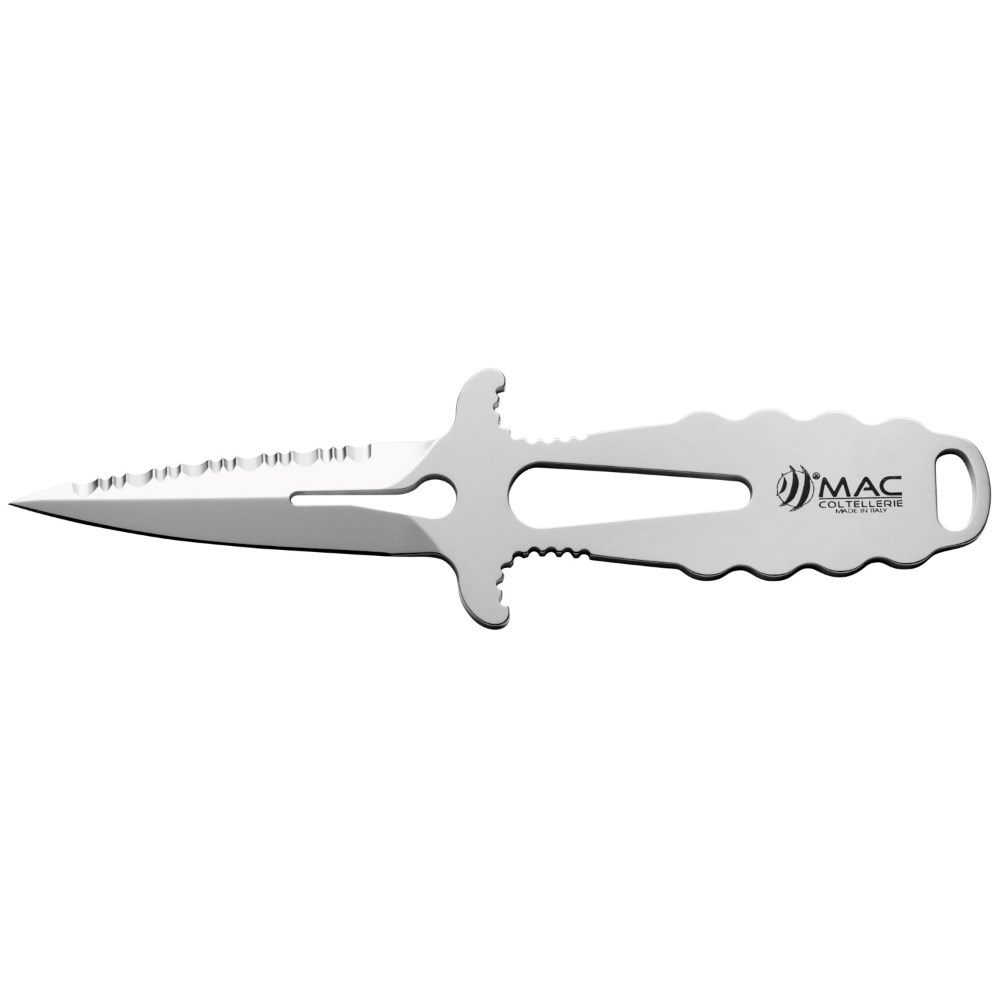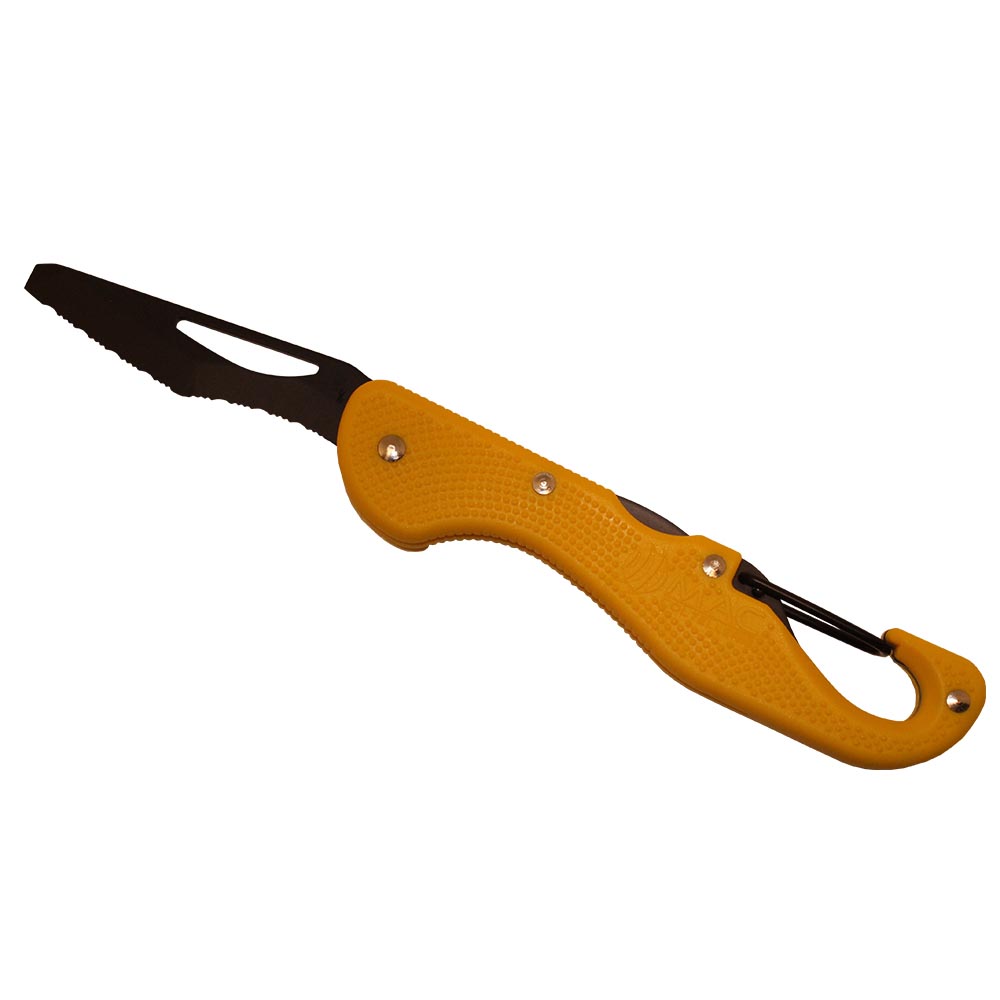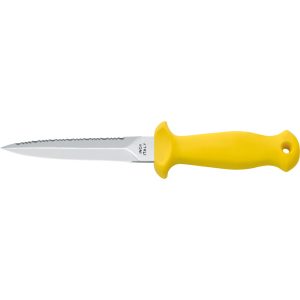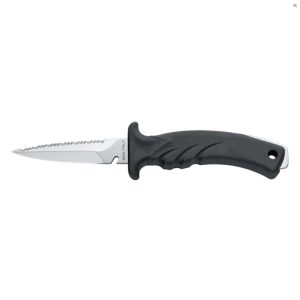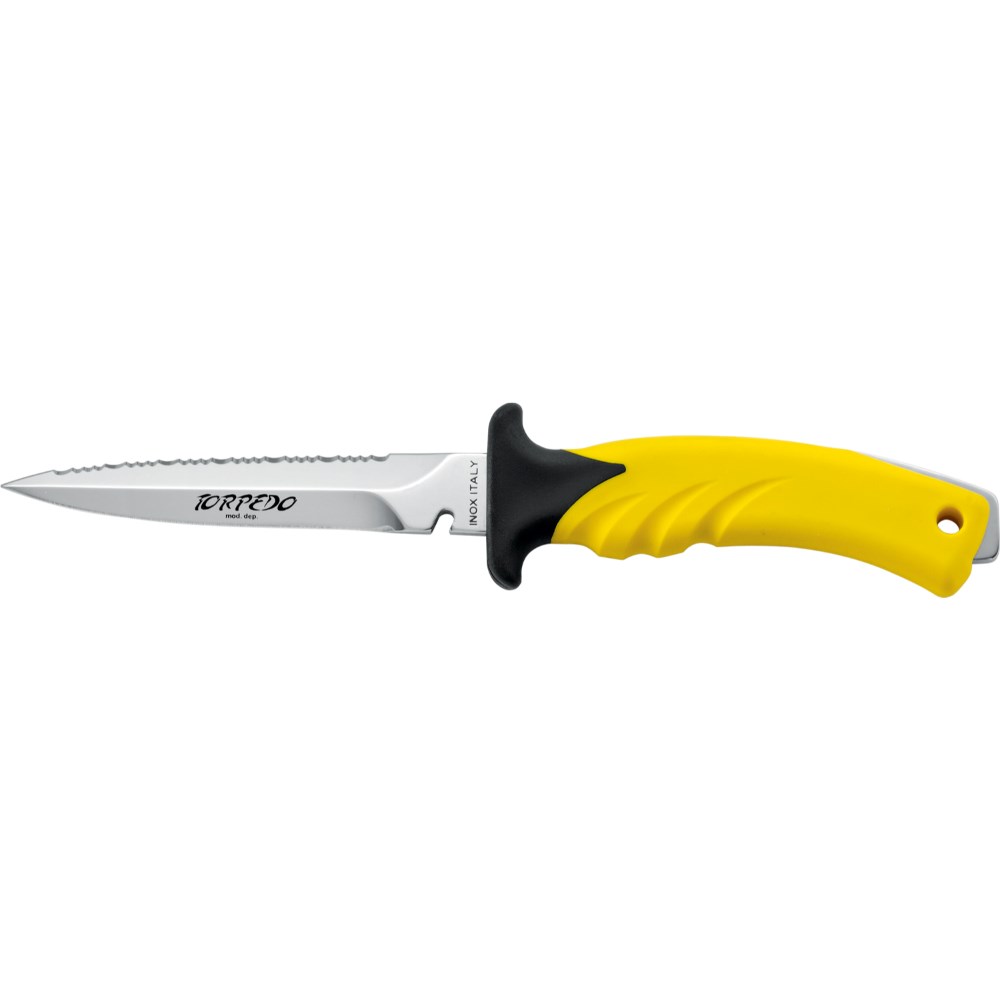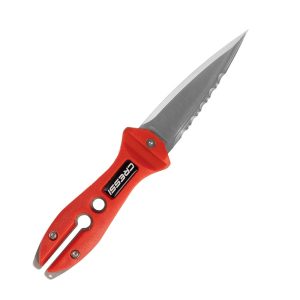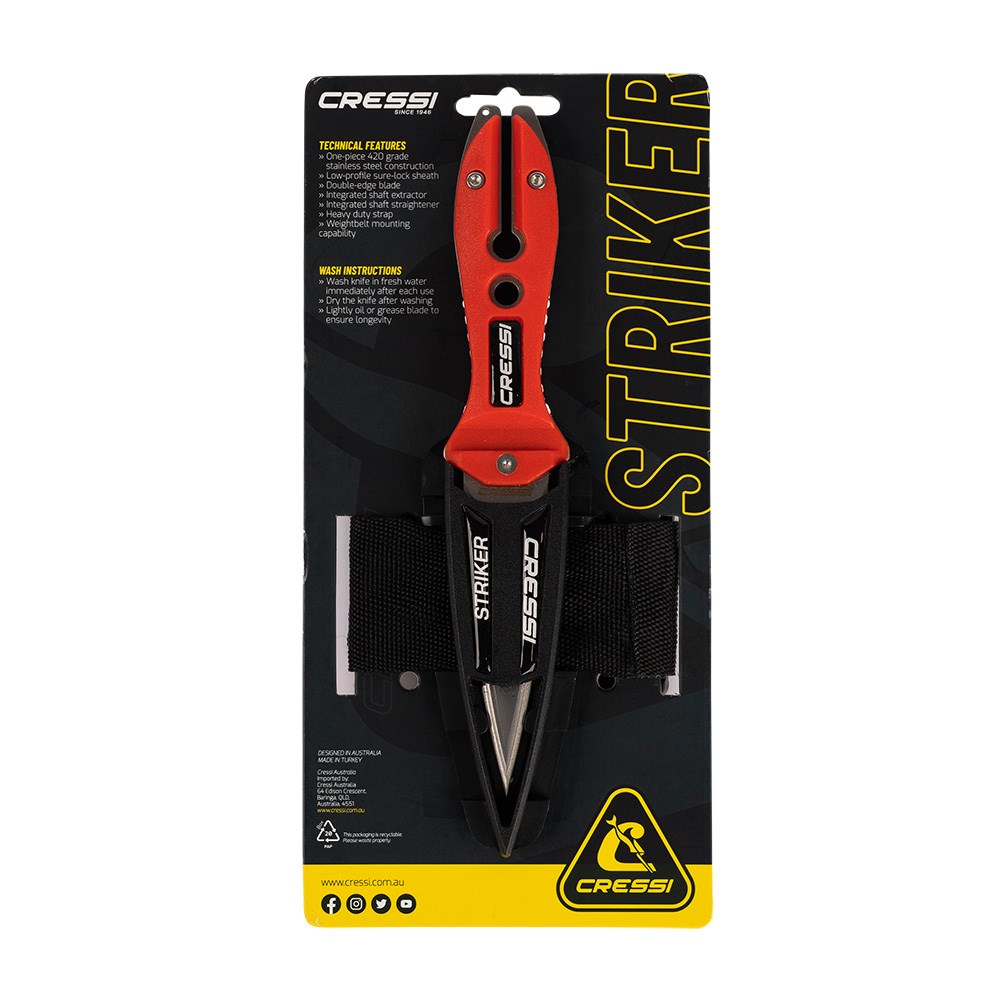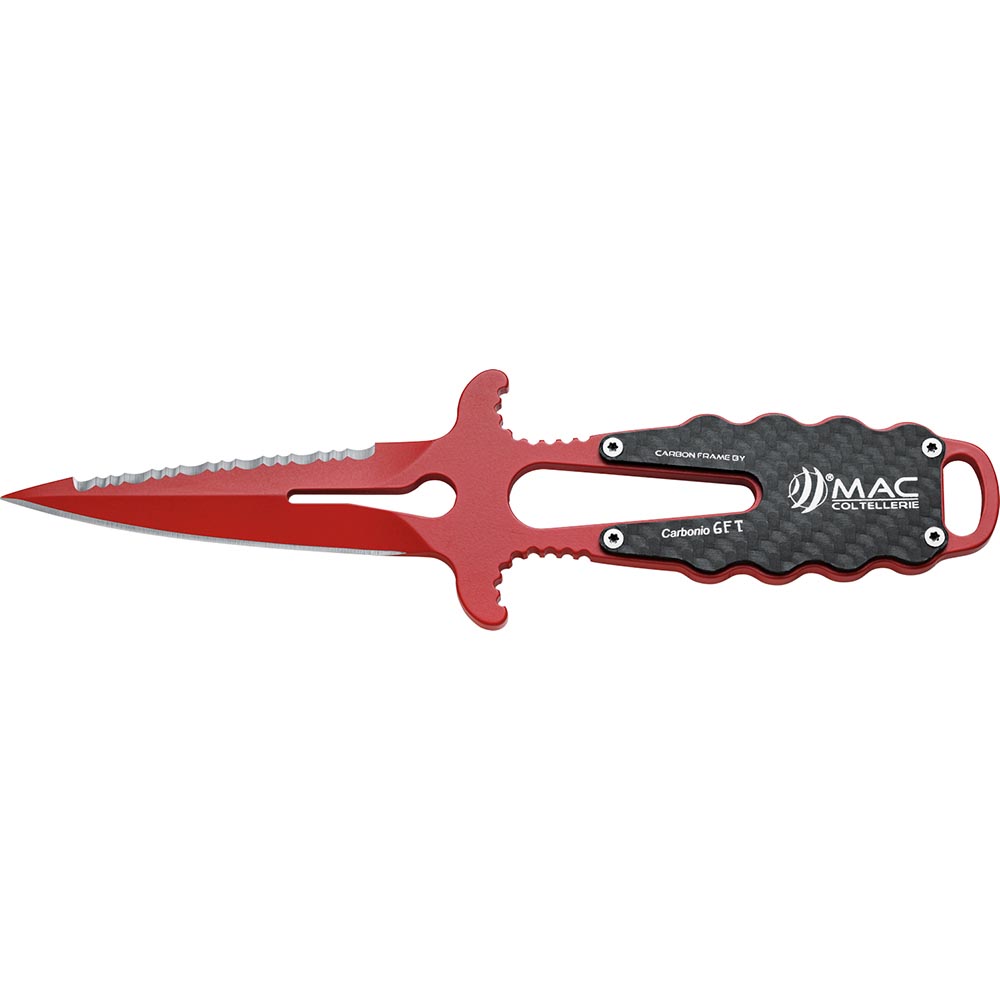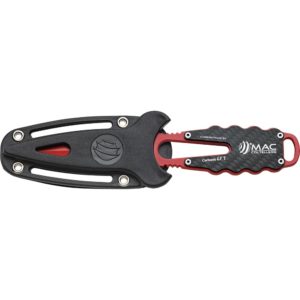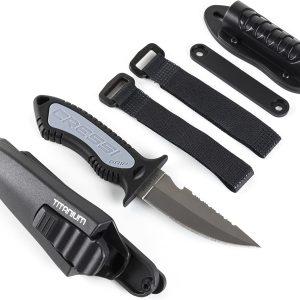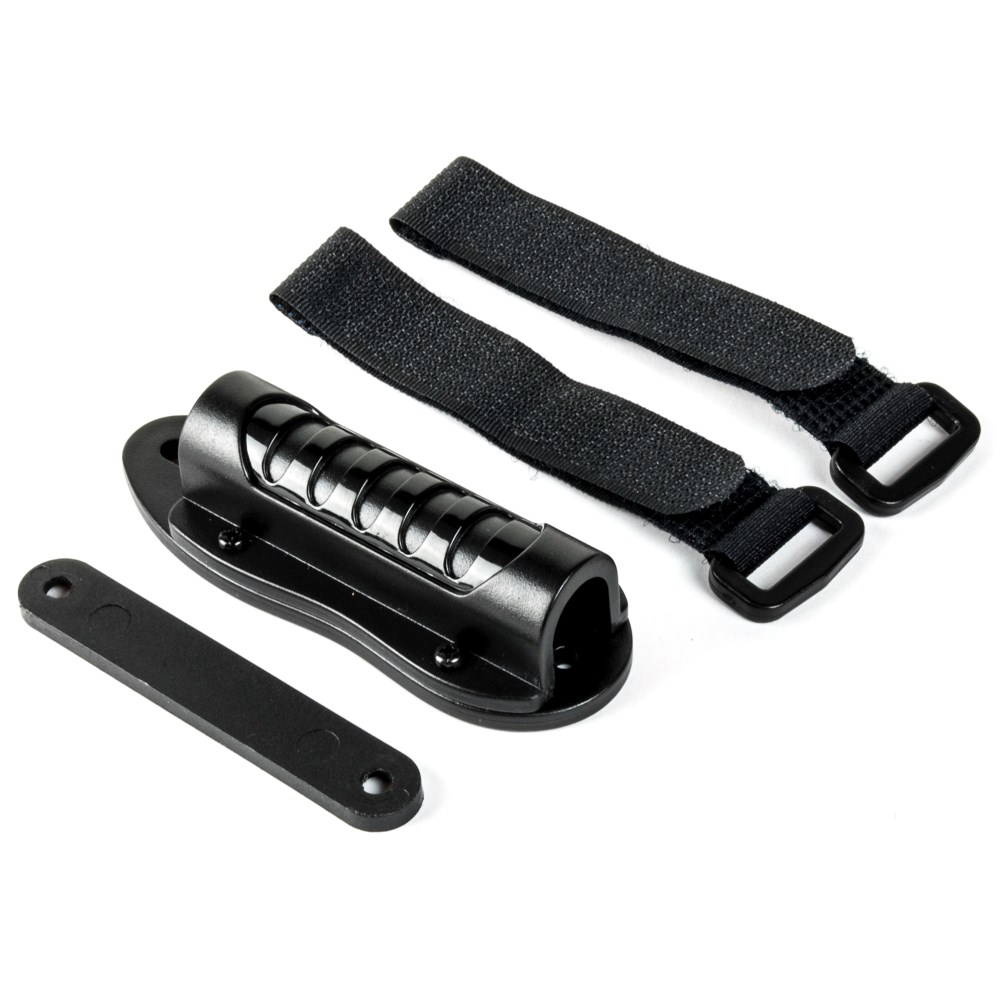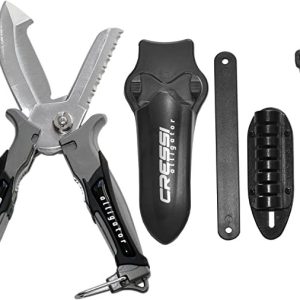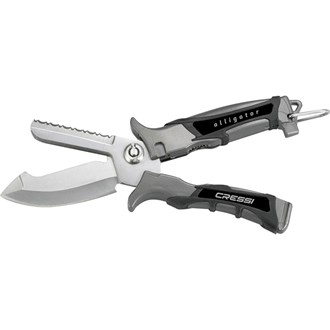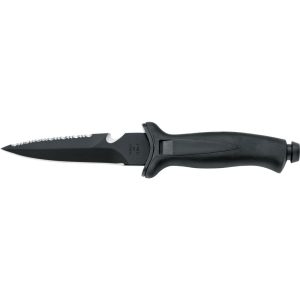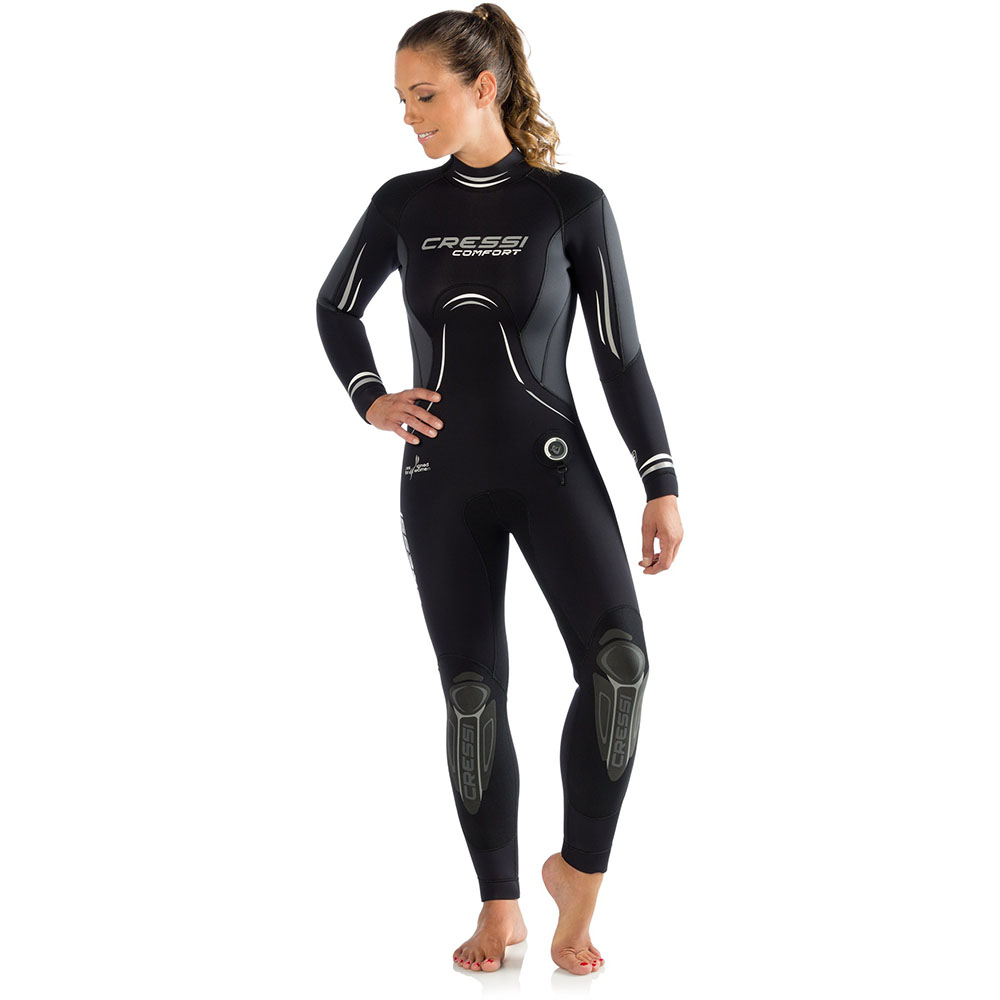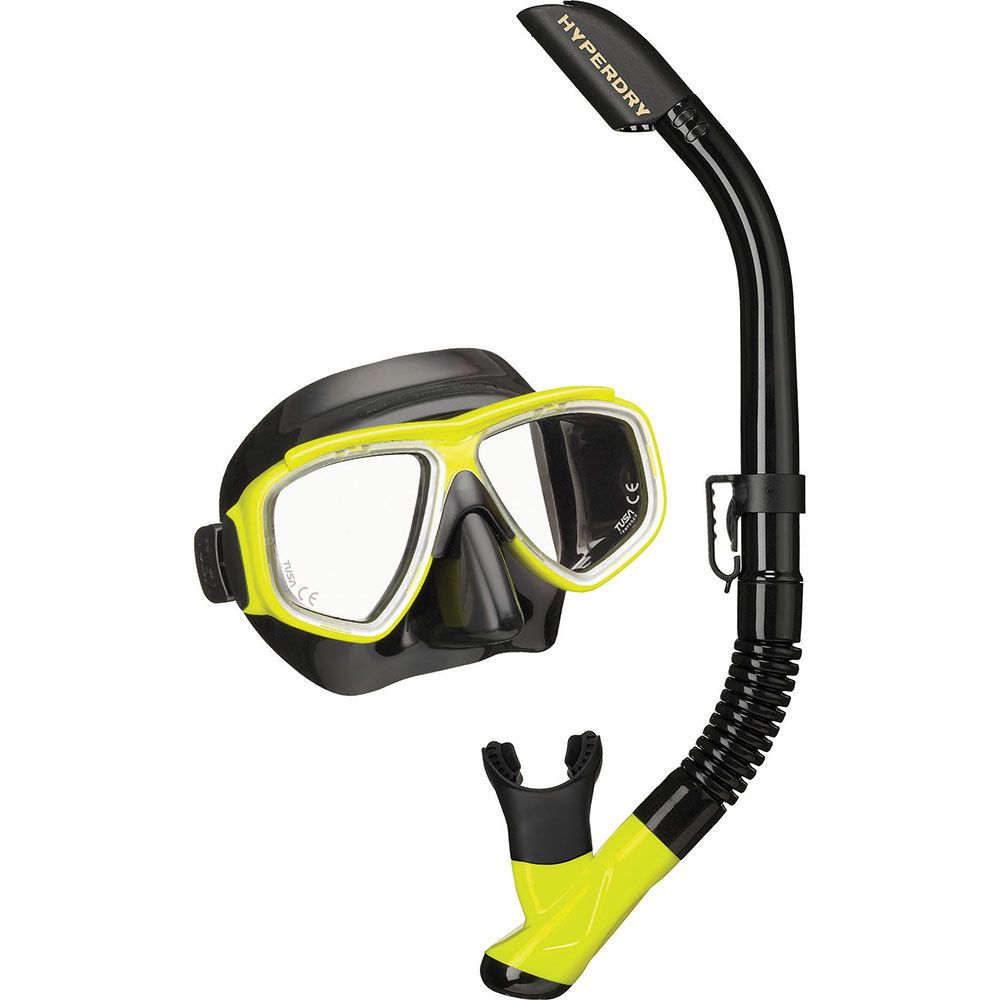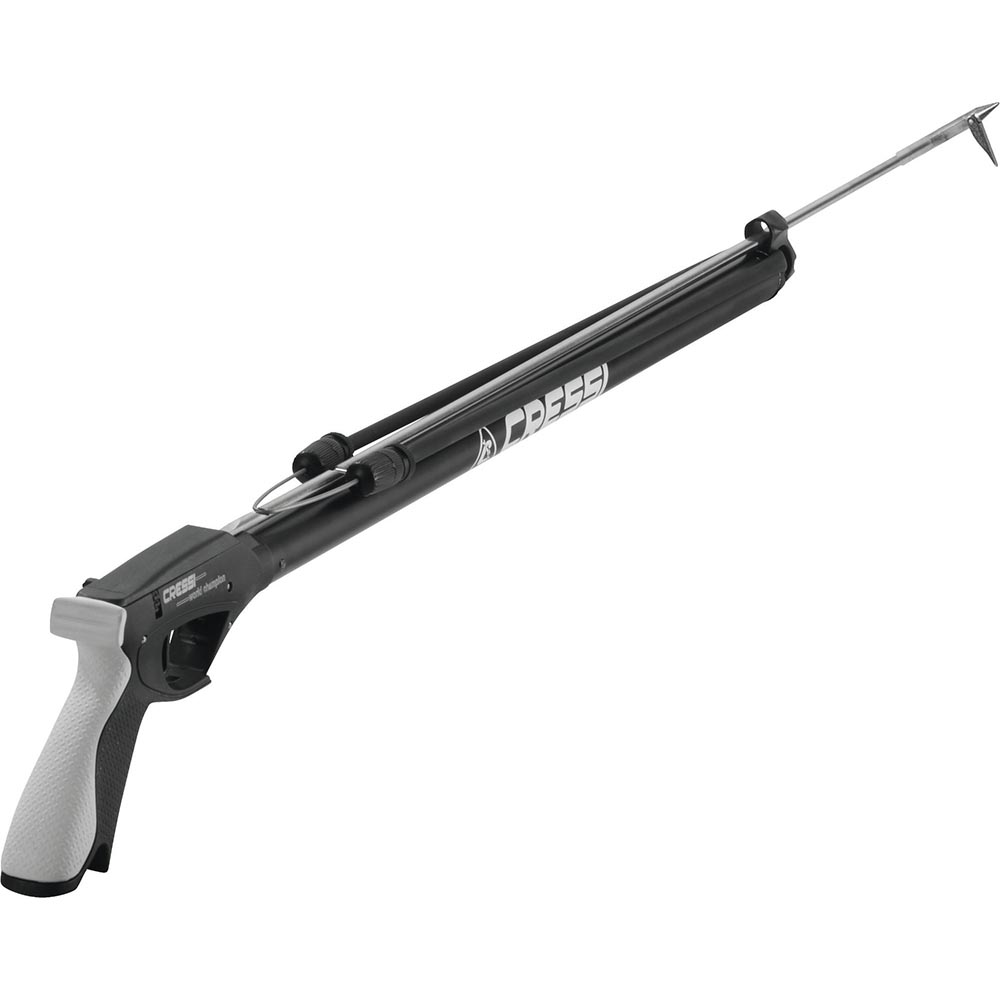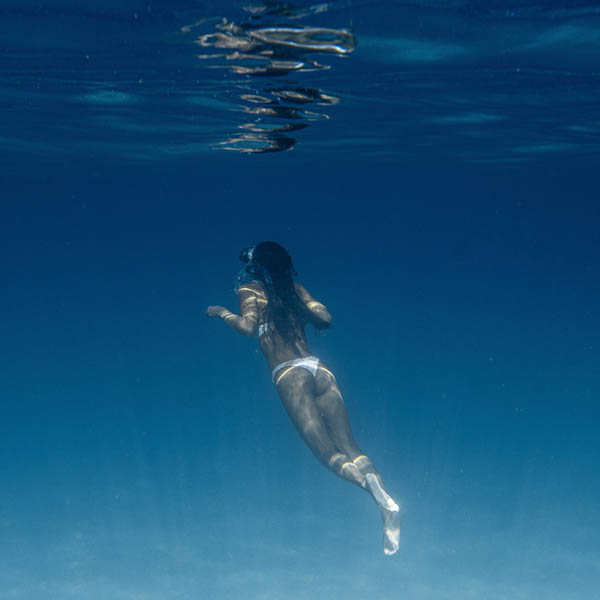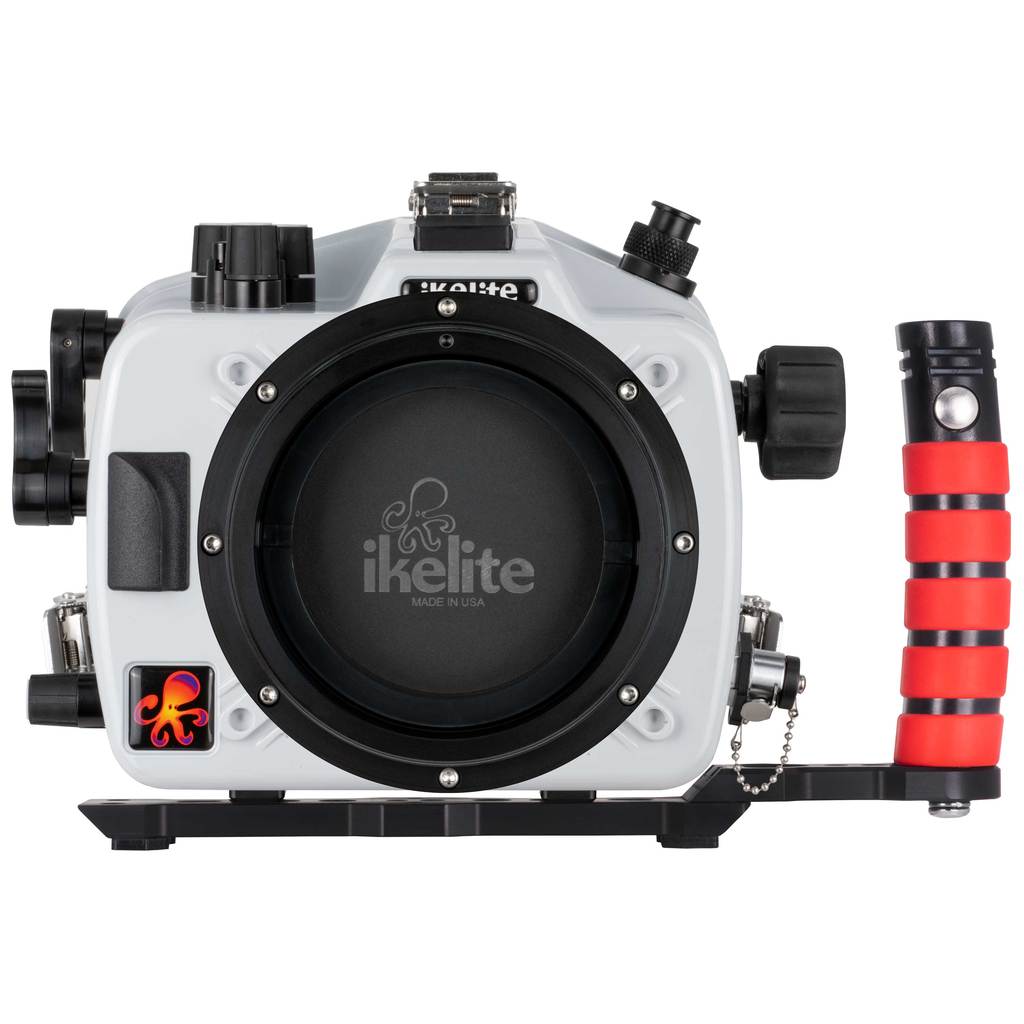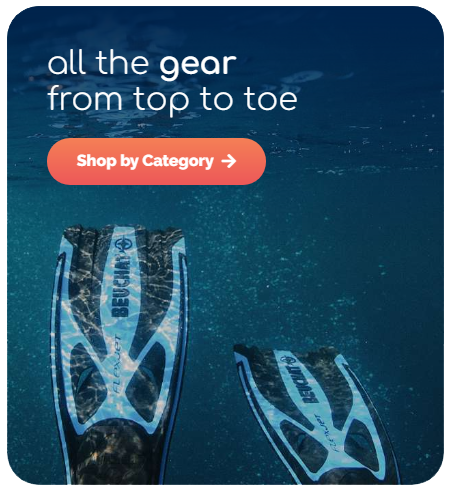Knives
Check out the best range of dive knives, scuba knives and spearfishing knives, abalone tools and line cutters at Oceansport!
A high-quality dive knife is an essential piece of gear for any scuba diver, spear fisher and free diver.
A dive knife can be used for a variety of purposes, from cutting through tangled fishing lines that have ensnared underwater wildlife, to a quick knock on a tank to get a buddy’s attention.
In addition, a dive knife is especially important for wreck diving, as divers often encounter ropes, plants, and other debris that needs to be released. A dive knife also provides a sense of security to divers, as it can be used to fend off any potentially dangerous marine life that may be encountered.
Spear fishers will be looking for particular spear fishing knives, with serrated edges for cutting and pointed tips for spearing.
Never use your dive knife as a weapon or to harm the underwater environment.
Our diving knives are crafted from two different types of blade materials: titanium and stainless steel.
Some of our scuba diving knives and spearfishing knives feature black PE or Teflon coating, for extra blade protection.
Dive knives are available in a variety of sizes, from small and compact to large and robust.
The larger types feature a metal handle butt that may double as a hammer, while the smaller designs can often be folded up for easy storage.
Most of our scuba knives and spearfishing knives also come with a sheath that features a retainer or BC mount straps, allowing you to attach it to your gear, such as the back of your console or your BCD. This makes it easy to keep your knife always close at hand.
Titanium dive knives versus Stainless Steel dive Knives
Titanium knives are lightweight yet incredibly strong, and they also provide excellent corrosion resistance, making them more expensive than stainless steel knives.
However, their resistance to corrosion and their strength makes them ideal for divers and other ocean-based activities.
Titanium knives are also known for their longevity, allowing them to be used for many years without dulling or rusting.
Stainless steel knives, on the other hand, are generally less expensive than titanium knives, but they can become dull or rusty over time due to their lack of corrosion resistance. However, with proper care and maintenance, which is easy, stainless steel dive knives can still be a great choice for divers.
Stainless steel diving knives are easy to sharpen but do need more maintenance to keep them from rusting. They can weigh twice as much as titanium knives.
Which dive knife should I buy?
When asking yourself which is the best dive knife in Australia, consider whether you are using it as a scuba knife or a spearfishing knife, and look at the following points of our dive knife buyer guide and think how they meet your needs:
Dive knives with folding blades versus fixed blades
Fixed blades are easily removed from the protective sheath and can be used with one hand. Folding blades, on the other hand, can be harder to open with one hand, but they offer convenience and safety when carrying them.
Folding blades tend to be more compact, making them easier to store and transport. Choose your type of blade with your future use of the scuba diving knife or spearfishing knife in mind.
Dive knives with straight blade edges vs serrated blade edges
Straight blade edges are ideal for cutting nylon, plastics, and other soft materials. They provide a smooth, clean cut that is less likely to tear or fray the material. Conversely, serrated blade edges are better suited for tougher materials such as kelp and natural fibres. For the best of both worlds, many knife blades come with a combination of both straight and serrated edges.
Additionally, some spearfishing knife blades feature a notch specifically designed to cut fishing line (you can also buy a special line cutter tool). This can be particularly useful for fishermen and spear fishers who need to make quick, clean cuts in a variety of materials.
Dive knives with blade tips blunt vs sharp, or tanto.
Blunt tips on a blade are safer as they are designed to prevent puncturing or slicing through something accidentally. This makes these scuba knives ideal not only for your next dive adventure but also for everyday tasks such as cutting rope, or even cutting cardboard, or other materials. Sharp tips, on the other hand, are better suited for specific tasks such as piercing or piercing through a fish while spear fishing. Every spearfishing knife should have a sharp tip.
Tanto tips offer a combination of both sharp and blunt tips, with a high point and a flat grind which makes them very strong. Tanto tips are often used for tactical and self-defence purposes as they are able to withstand more force than other blades.
Dive knife size
A more compact knife is often the preferred option for activities such as camping, hiking, and fishing as it is easier to carry and store. A blade up to 10cm is usually enough to cut through materials such as rope, netting, and fishing line. Bigger dive knives with blades up to 20 cm are more suitable for activities such as spearfishing and kelp diving where a longer blade is needed to cut through the thicker material.
Comfort of grip of you dive knife
When gripping the knife, make sure your hand is in a comfortable, relaxed position. The grip should be firm and secure and should remain so even when wearing gloves. Practice drawing and replacing the knife in its sheath until the action becomes second nature. This will help you to develop a smooth, consistent technique and ensure you can reliably access the knife whenever it is needed on your next dive adventure.
